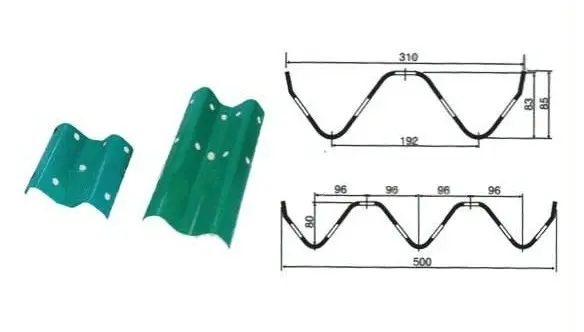
The Evolution of Stud and Track Making Machines
In the fast-paced world of manufacturing and construction, efficiency and precision are paramount. One of the unsung heroes in this sector is the stud and track making machine. These sophisticated machines play a critical role in producing the components necessary for creating walls, ceilings, and various structural elements. Understanding the evolution of stud and track making machines reveals not only advancements in technology but also the necessity of innovation to meet the growing demands of the industry.
Historically, the creation of studs and tracks—essentially the framing components used in partition walls and ceilings—was a labor-intensive process. Craftsmen would measure, cut, and assemble metal or wood by hand; a method that was both time-consuming and prone to human error. As the construction industry expanded, the need for a more efficient solution grew, paving the way for the introduction of machines designed specifically for this purpose.
The first stud and track making machines were relatively simple, primarily focusing on cutting and shaping materials. Over the years, however, technological advancements have led to the development of more complex and automated systems. Modern machines are capable of performing multiple functions—such as punching, shearing, and forming—within a single operational cycle. This transformation not only speeds up production but also enhances the consistency and precision of the final products.
One of the significant breakthroughs in stud and track making technology has been the advent of computer numerical control (CNC) systems. CNC technology allows for precise programming of machine operations, meaning that the machines can produce customized lengths and shapes of studs and tracks at an unprecedented rate. With CNC stud and track making machines, manufacturers can easily adapt to custom orders, which are increasingly common in today's construction projects. This adaptability not only saves time but also reduces material waste—an important consideration in sustainable manufacturing practices.

Moreover, the integration of automation and robotics in the production process has further revolutionized the industry. Automated stud and track making machines can operate with minimal human intervention, decreasing the likelihood of errors and freeing up skilled labor for more complex tasks. This shift also addresses labor shortages that many manufacturers face, as machines can run continuously, increasing output without the constraints of human fatigue.
In addition to efficiency and adaptability, the current generation of stud and track making machines is designed with energy efficiency in mind. As industries worldwide become more conscious of their environmental footprints, manufacturers are seeking machines that minimize energy consumption while maximizing output. Contemporary machines often feature advanced technologies that optimize power usage, reduce scrap material, and employ eco-friendly practices in their operation.
One cannot overlook the importance of software in the modernization of stud and track making machines. Software solutions that accompany these machines provide manufacturers with real-time data on production rates, material usage, and machine performance. This data enables companies to make informed decisions about production processes and inventory management, ultimately leading to cost savings and improved operational efficiency.
Looking ahead, the future of stud and track making machines is promising, with ongoing innovations on the horizon. The development of smart machines that can learn from data and optimize their processes through artificial intelligence represents a significant leap forward. As manufacturers continue to embrace technology, we can expect even greater advancements in automation, efficiency, and sustainability.
In conclusion, stud and track making machines have evolved from simple manual tools to complex, automated systems essential for modern construction and manufacturing. These machines not only enhance productivity and precision but also play a vital role in shaping the future of the industry. As technology continues to advance, the potential for even more innovative solutions will undoubtedly transform the way we approach construction, making these machines indispensable in the quest for efficiency and sustainability.